Freddie Spencer Chapman is little known even in his native England, which is remarkable given how that country lionizes intrepid explorers and resourceful military heroes. Chapman was both. He explored Greenland in the early 1930s and made the first ascent of 7,326-meter Jomolhari in Tibet before spending the majority of the Second World War behind enemy lines in the jungles of Japanese-occupied Malaya. There the keen amateur botanist collected seeds, pressed plants, and waged a spirited campaign of sabotage that was so effective the Japanese thought it the work of 200 men.
Inevitably, Chapman draws comparison to another enterprising British soldier-scholar, T.E. Lawrence (of Arabia). “For sheer courage and endurance, physical and mental, the two men stand together as examples of what toughness the body will find, if the spirit within it is tough,” Field Marshal Earl Wavell wrote in the forward to The Jungle is Neutral, Chapman’s book about his wartime experience. Those years in the jungle tested Chapman’s resilience and extraordinary resolve, but adventure lovers today will identify more readily with his love of the English fells and his pre-war explorations in Greenland and the Himalaya.
He describes adventures so extraordinary, and delivered with such wonderfully understated hyperbole, that one wonders if they possibly can be true.
Chapman’s mother died shortly after he was born in 1907, and his father soon left Chapman and his older brother in the care of a village parson in England’s Lake District and emigrated to Canada. Their relationship was formal and distant—young Freddie signed letters to his father “F.S. Chapman”—and when his father was killed in the Battle of the Somme in 1916, becoming an orphan seemed a mere formality.
Chapman had already been shipped off to boarding school at the age of 8; at 14 he started at Sedbergh, “a school which is set in the midst of wild moorland country; it was possible to run for 20 miles there without meeting another human being,” Chapman wrote in his mountaineering classic, Helvellyn to Himalaya.
“Lessons, I considered, were things to be avoided by all possible means, fair or foul, and organized games were a waste of a fine afternoon,” he wrote. A sympathetic headmaster excused Chapman from cricket and other team sports, leaving him free to explore three afternoons a week. “That meant if I took lunch and supper with me— or did without—I was free from soon after 1 o’clock, when the morning’s work ended, until 7 o’clock when preparations began. As I could travel at an average speed of 6 mph over the fells, those six hours gave me a magnificent range of the country to explore.”
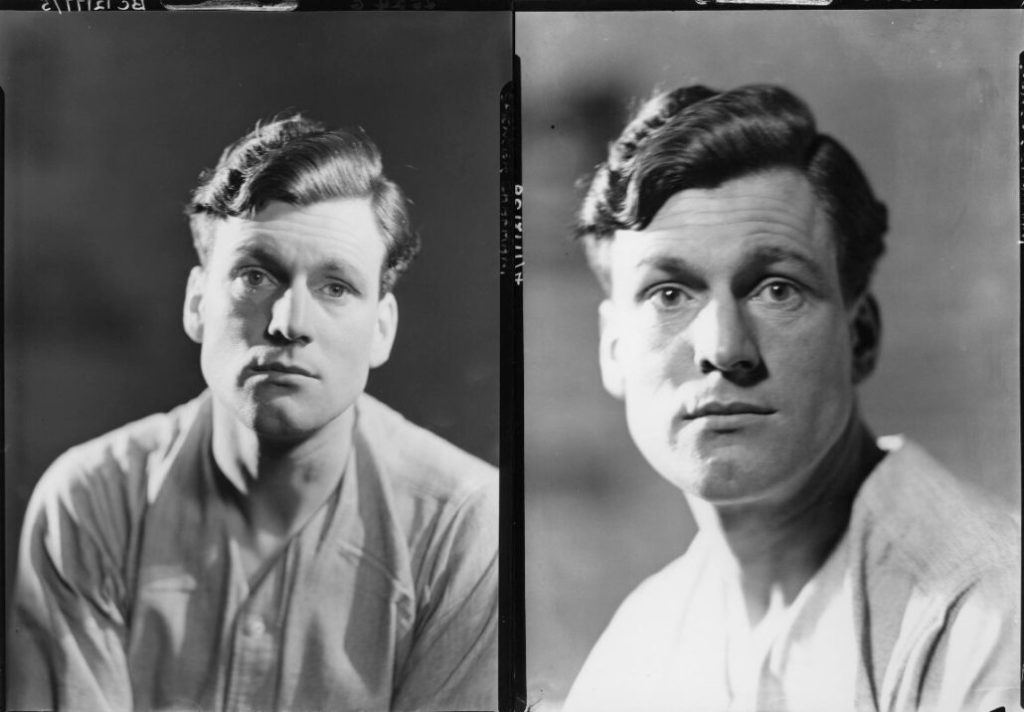 Frederick Spencer Chapman portraits by Howard Coster, 1939. U.K. National Portrait Gallery
Frederick Spencer Chapman portraits by Howard Coster, 1939. U.K. National Portrait Gallery
He claimed to be an indifferent student, but nonetheless earned a scholarship to Cambridge. There he fell in with the climbing crowd, scaling the spires of ancient buildings by night, and riding off to the crags at every opportunity on an old motorcycle he’d purchased for 8 pounds sterling. He climbed in the Alps, became a competent skier, and organized an expedition to Iceland. That experience earned him an invitation to travel to Greenland in 1930-31 with Gino Watkin’s expedition to survey an air route from Europe to North America. He explored Greenland as he had the hills of Yorkshire, this time by dogsled, kayak, and occasional flights in Gipsy Moth biplanes. He returned to Greenland in 1931 and again in 1934.
“I do not think that any time in my life had been or could be happier than those years in Greenland,” he wrote. Chapman enjoyed the companionship of adventurous young Englishmen and their Inuit hosts, learning to speak the language and fathering a son who would later attend his old school in Yorkshire. He describes adventures so extraordinary, and delivered with such wonderfully understated hyperbole, that one wonders if they possibly can be true.
“During the long winter journeys on the ice cap I was sometimes so exhausted that I fell asleep as I walked along, and once, owing to the rough sea making landing impossible, I spent 20 hours in my kayak,” he wrote. “More than once I fell through a deep crevasse and only saved myself by catching hold of the handlebars of the sledge, and once, far from land, the sea ice broke beneath my dogs and sledge-runners, and only by driving on at full speed did I prevent the whole outfit from going through the ice.”
The danger was real. Gino Watkins died when his kayak overturned during a solo seal-hunting trip in August 1931. Chapman and three others completed the survey without him, overwintering on the ice cap and returning home the following September.
Chapman then made a rather half-hearted go at teaching, but when the opportunity to join Marco Wallis’s climbing expedition to Sikkim arose in 1936, he leaped at it. That led him to the summit of several minor Himalayan peaks, and an invitation to join a diplomatic mission to Tibet as private secretary of its leader, Basil Gould. Chapman spent six months in and around Lhasa, learning enough of the language to converse and placing him in an ideal position to negotiate permission to climb the region’s most-stunning peak, Jomolhari.
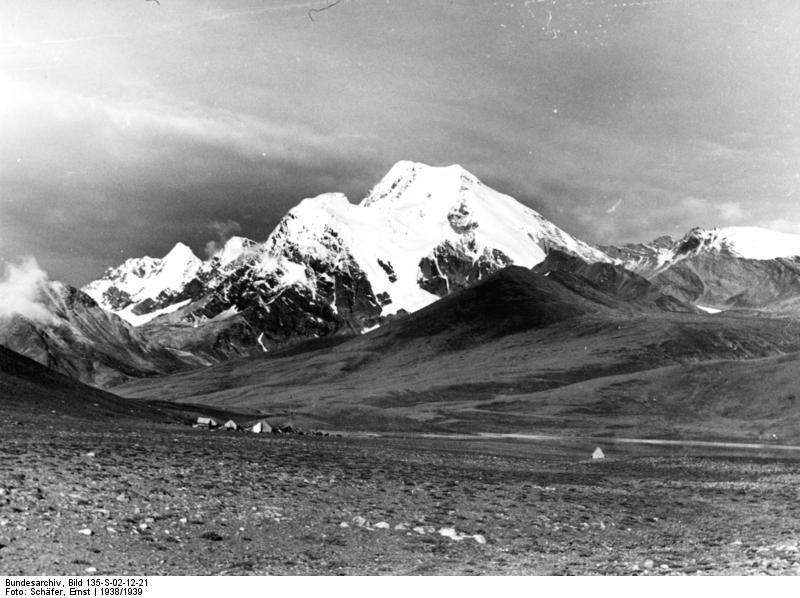
Jomolhari, also spelled Chomolhari, in 1938. Ernst Schaeffer/Deutsche Bundesarchiv
Rising to a height of 7,326 meters (24,035 ft) on the border of Tibet and Bhutan, the mountain dominated the old approach to Everest and had drawn covetous looks from the likes of George Mallory and other early Himalayan explorers. Chapman describes it reverently: “This peak, which rises 10,000 feet sheer from the dusty Tibetan plain, gives a greater impression of sheer height and inaccessibility than any other I know; it drops in a series of almost vertical rock precipices to the low foothills beneath.” The peak is sacred to Tibetan Buddhists who believe it is the home of the protector-goddess Jomo. To climb it, Chapman would have to receive permission to climb from both the Tibetan authorities and the Maharajah of Bhutan, which seemed unlikely, particularly before the climbing season closed at the end of May.
Chapman played a masterful diplomatic game from the closest village to the mountain that had a post office, where he waited with three Sherpa porters. Among them was Pasang Dawa Lama who would later distinguish himself on the first American expedition to K2. Meanwhile, the Englishman Chapman recruited to join him shuffled around Calcutta borrowing tents, stoves, crampons and other essential gear from the Himalayan Club. Permission came on Chapman’s 30th birthday, May 10, 1937.
He and Pasang reached the summit ten days later. The ascent “with the minimum of equipment, and without time for prior reconnaissance, will rank for all time as a mountaineering epic,” the mountaineer B.R. Goodfellow later wrote, though the grueling descent was more fitting of Chapman’s reputation for toughness in the face of suffering.
In Chapman’s account of the climb down, one mishap followed hard on another. He and Pasang suffered a long fall from the summit ridge, then a violent storm. Two days below the summit Pasang stumbled and their lone cook-pot and most of their remaining food tumbled down the glacier. Two days later Chapman fell 30 feet into a crevasse. It was too wide to reach across.
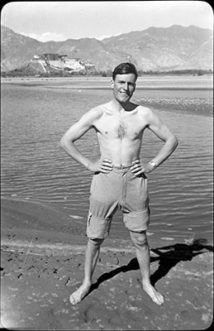
“I remembered having read somewhere that it is quite impossible to get out of a crevasse by cutting steps up one wall—however there was no alternative but to try,” Chapman wrote. It took him nearly four hours to climb that 30 feet, and a further two days to get below the snow-line, where a yak-herder plied him and Pasang with boiled rice and hot Yak milk. “Of Freddie Chapman’s many qualities, that for which he will be remembered was his extraordinary power of endurance,” Goodfellow remarked.
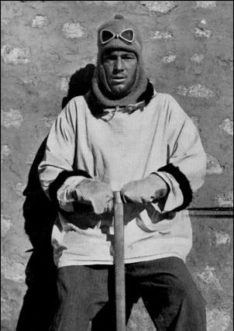
When the war broke out in 1939 Chapman joined the Seaforth Highland regiment and was commissioned as a lieutenant. With his expedition background he was quickly tapped to train Australian and New Zealand troops in guerrilla warfare tactics, eventually joining the Special Training School in Singapore. There he was tasked with training stay-behind parties to wreak havoc on Japanese supply lines should Singapore fall. However the British colonial governor stonewalled the program, thinking it extravagant and defeatist, so when the Japanese overran Singapore and Malaya in February 1942, the job of British resistance fell to Chapman and two fellow officers.
They undertook a campaign of sabotage Chapman later called their “mad fortnight,” blowing up 15 railway bridges, derailing seven trains, and destroying 40 military vehicles. According to biographer Brian Moynahan, the Japanese command believed the campaign was the work of 200 highly trained commandos, and deployed 2,000 troops to hunt the three-man band down. Chapman and his team quickly ran through their stock of 100 grenades and 1,000 pounds of plastic explosives, which they packed into bamboo to fashion homemade bombs.
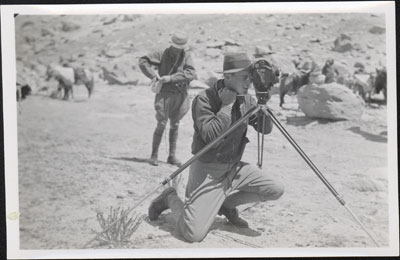
One day he woke from a fever and discovered—by the lack of entries in his journal—that he’d been in a coma for 17 days.
The campaign couldn’t last. Out of supplies, his British companions dead, and suffering from a host of tropical maladies—malaria, typhus, blackwater fever, and others—Chapman retreated to the jungle. He trained local insurgents and forged an uncomfortable partnership with the Chinese communist resistance led by Chin Peng. Both loathed the Japanese, but were equally aware that if the British returned to power in Malaya they would be on opposite sides. (Chin led a 12-year insurgency against British rule starting in 1948, though Chapman had by then left the Army.)
Chapman lived more than three years behind enemy lines, often on the edge of starvation and almost constantly wracked with disease. One day he woke from a fever and discovered—by the lack of entries in his journal—that he’d been in a coma for 17 days. Despite his sickness and the constant pursuit by Japanese troops, Chapman kept meticulous notes on plant and animal life, as well as seeds and leaf pressings. He recorded sensitive military observations in Inuit, lest the journals fall into enemy hands, as they eventually did on the one occasion he was apprehended by Japanese troops. Ever the charming diplomat, Chapman told their commanding officer that a Japanese prince had been his birdwatching companion at Cambridge. “The arresting officer was apparently so charmed that he apologized for having no whisky to offer Chapman, and declined to bind his hands and feet,” the Guardian reported. “Chapman then waited till dead of night and, despite a debilitating bout of malaria, made good his escape.”
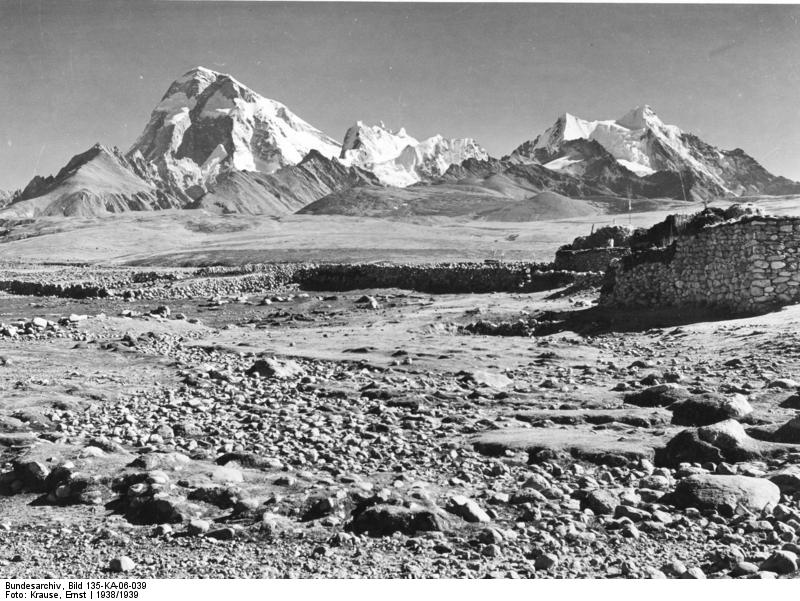
“What kept him going was his overriding love of nature and wildlife,” Chapman’s biographer Brian Moynahan told the Guardian. “That’s what kept his mind alive.” Despite the hardships he experienced in the jungle and on mountains, glaciers, and crags around the world, he knew that nature does not take sides. “His great belief, and the title of his book on his Malayan adventures, was ‘the jungle is neutral,’” Moynahan said. Chapman lived by a philosophy drawn from a line in Hamlet: There is nothing either good or bad, but thinking makes it so.
After the war, Chapman married and had three more sons. He worked as a headmaster at schools in Germany and South Africa, which he left due to his distaste for Apartheid. He eventually settled in Reading, England. In 1971, the man who had endured so much physical hardship succumbed to depression, exacerbated by the war’s lasting toll on his body and, we must assume, his spirit. He went to his study and wrote to his wife, “I don’t want you to have to nurse an invalid for the rest of my life,” and shot himself.
He was 64.

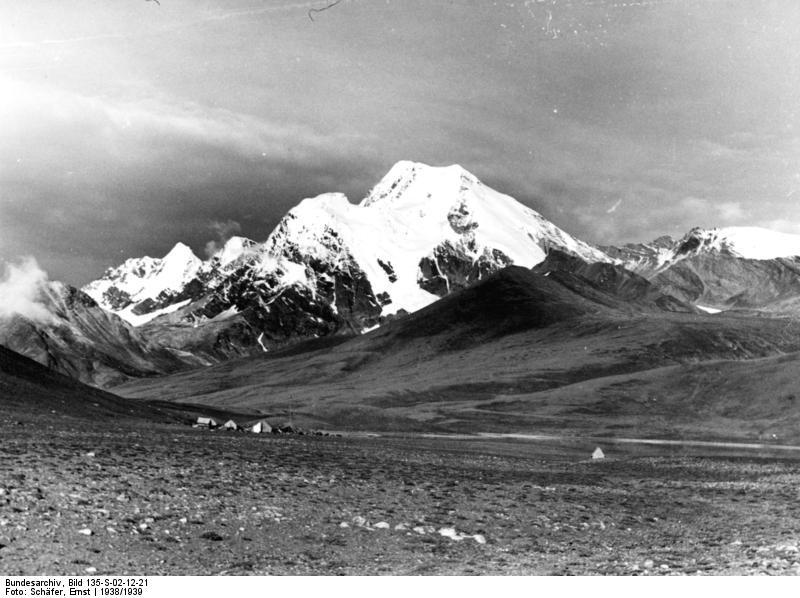
1 comment
Hi there! This post couldn’t be written any better! Reading through this post reminds me of my previous room mate! He always kept talking about this. I will forward this article to him. Pretty sure he will have a good read. Thank you for sharing!